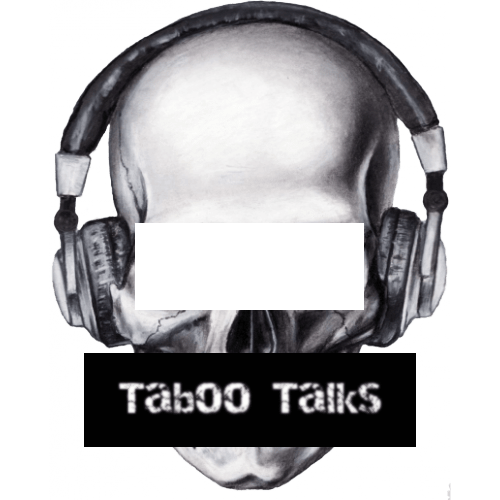The main idea behind creating Taboo Talks a public website is to let people feel free to share their experiences, ideas, views or content on topics they consider taboo.
Introduction
A nation like India where not only cows but all animals were sacred. But after Islamic and colonial rules this changed and the nation where eating meat was uncivilized. Yes, in our texts a person at the end to attain enlightenment should practice non-violence. This was the goal of life. Then how is India the largest exporter of beef?
But after greedy invasions and losing the knowledge about this meat-eating and beef practice has become common.
But, what are the negative side of beef, and how has this become a religious controversy. To stay a secular nation, cow slaughter has become a common practice. I will try to simplify every potential point here.
What is meat?
Meat is the flesh of animals that humans prepare and consume as food. The term refers to the muscle tissue of mammals and birds. It’s consumed as steak, chops, ribs, or roast, or in-ground form.
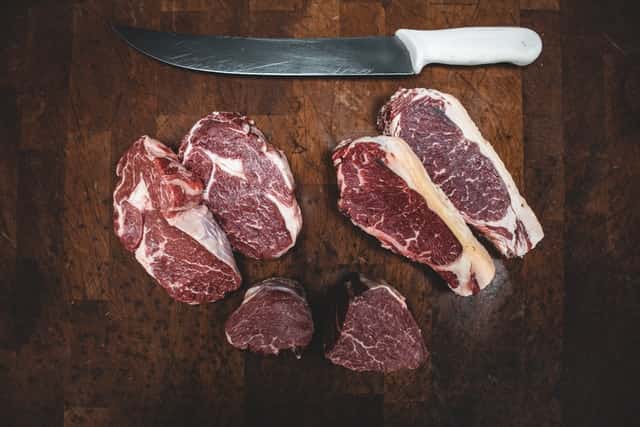
In the past, offal — including liver, kidneys, brains, and intestines — was enjoyed in most cultures. However, most Western diets now exclude it. Today, most meat worldwide comes from domesticated animals raised on farms, large industrial complexes that often house thousands of animals at a time. However, in some traditional cultures, hunting animals remains the sole means of obtaining it.
Summary Meat refers to the muscle, or organs, of an animal consumed as food. In most parts of the world, it comes from animals raised on large industrial farms.
Different types of meat:
1. Red Meat
This comes from mammals and contains more of the iron-rich protein myoglobin in its tissue than white meat. Examples include:
- Beef (cattle)
- Pork (pigs and hogs)
- Lamb
- Goat
2. White Meat
This is lighter than red meat and comes from birds and small game. Examples include:
- Chicken
- Turkey
- Duck
- Goose
What are the nutrients in meat?
We consider lean meat an excellent protein source. It contains about 25–30% protein by weight after cooking. A 3.5-ounce (100-gram) serving of cooked chicken breast contains about 31 grams of protein. The same serving of lean beef contains about 27 grams.
Animal protein is a complete protein, meaning it provides all nine essential amino acids.
What are the impacts of meat on the body?
Eating meat can increase the risks of diabetes, cardiovascular disease, and certain cancers. The studies have also pointed to an elevated risk of mortality from red meat intake.
Meat is not the only source of protein and amino acid but the only source of bad cholesterol. Some meats are high in fat, especially saturated fat. Eating a lot of saturated fat can raise cholesterol levels in the blood, and having high cholesterol raises your risk of heart disease.
Why India is the 4th largest exporter of beef?
In 2020, the production of beef and buffalo meat for India was 3,760 thousand tonnes. Production of beef and buffalo meat of India increased from 179 thousand tonnes in 1971 to 3,760 thousand tonnes in 2020, growing at an average annual rate of 9.62%.
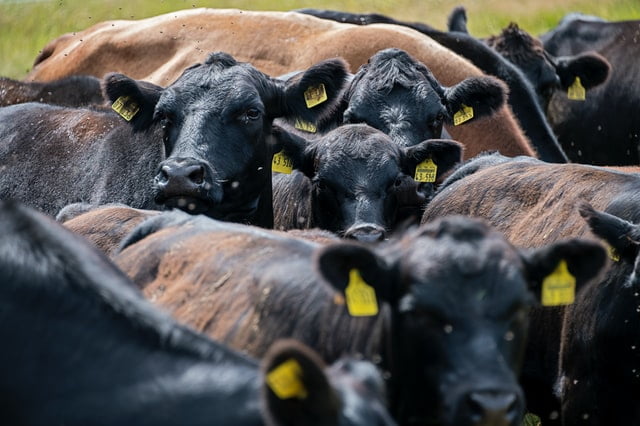
In the 19th century, 75% of Indians were vegetarians, however now in the 21st century, 71% are non-vegetarians.
There are many reports that by WHO that Eating red and processed meat can cause cancer.
According to our texts, food should not only consider as a source of nourishment for the body but also the vibrations for the mind. There are three types of foods.
- Mode of goodness (Satvik)
- Mode of Passion (Rajasik)
- Mode of ignorance (Tamasik)
When an animal is about to slaughter, we transfer the pain into the meat and finally, when we eat it, these emotions go into our body. These vibrations, when transferred in our body, turn into anger, lethargy, depression, and ignorance.
In India, Cow is considered a mother and drinking milk from the cow is sacred and the Ghee (clarified butter) is nectar to the body.
Companies that export beef in India
| Indian Exporter Name | Total Value (in Million USD) |
| Allanasons Private Limited | 312.9 |
| Al-hamd Food Products Pvt Ltd | 61.48 |
| Mirha Exports Pvt Ltd. | 50.09 |
| MK Overseas Pvt Ltd. | 46.08 |
| HMA Agro Industries PVT Ltd. | 45.28 |
| Al-Dua Food Processing Pvt. Ltd. | 23.58 |
| Amroon Foods Pvt Ltd | 19.89 |
| ALM Industries Pvt. Ltd. | 19.63 |
| Rustom Foods Pvt. Ltd. | 15.59 |
| AL Faheem Meatex Pvt. Ltd. | 14.00 |
Cities which export beef Analysis
| Exporter City | Meat Quantity (%) |
| Mumbai | 39.94% |
| New Delhi | 24.93% |
| Aligarh | 6.28% |
| Ghaziabad | 5.93% |
| Agra | 4.68% |
| Meerut | 3.16% |
Beef export in foreign Country Analysis
| Foreign Country | Quantity (%) |
| Vietnam | 52.17% |
| Malaysia | 9.92% |
| Iraq | 4.57% |
| Algeria | 4.26% |
| United Arab Emirates | 4.17% |
| Egypt | 3.97% |
| Philippines | 2.99% |
How Slaughterhouses Are Polluting the Planet?
Greenhouse Gas emissions from animals
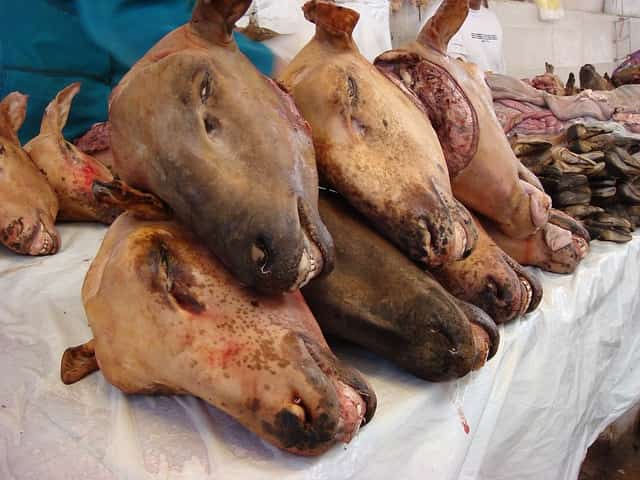
According to the Food and Agriculture Organization of the United Nations (FAO), the animal agriculture sector which includes the production of feed crops, the manufacturing of fertilizer, and the shipment of meat, eggs, handles 18% of all GHG emissions, measured in carbon-dioxide equivalent.
The farm animal sector annually accounts for:
- 9% of human-induced emissions of carbon dioxide (CO₂).
- 37% of emissions of methane (CH), which has over 20 times the global warming potential of CO₂, and
- 65% of emissions of nitrous oxide (N₂O), which has 300 times the GWP of CO₂.
Slaughterhouse in the entire world leads to 25% climate changes as 25 times more potent than CO2.
Wastewater
One of the largest environmental concerns associated with slaughterhouses is wastewater and water contamination. The wastewater from slaughterhouses contains many disgusting materials, known as suspended solids, including fat, grease, and manure.
The lack of regulation related to slaughterhouse waste allows this problem to continue. These slaughterhouses dumped nitrogen, phosphorus, and ammonia into waterways.
Viewpoints according to Ayurveda
Man who is the most evolved animal on earth should eat consciously, creating the least amount of violence. For optimal physical and mental health, they should abstain non-veg food from. However, the choice rests on the person and it shall bear the consequence.
Religious Viewpoint
Cattle slaughter, especially cow slaughter, is a controversial topic in India because of the cattle’s traditional status as an endeared and respected living being to some sects of Hinduism, Sikhism, Jainism, Buddhism, while being considered an acceptable source of meat by Muslims and Christians and adherents of other non-Dharmic Religions in India, such as the Animists and non-Indian Zoroastrians.

the cow’s slaughter has been shunned because of several reasons such as being associated with the god Krishna in Hinduism, cattle being respected as an integral part of rural livelihoods, and an economic necessity
On 26 October 2005, the Supreme Court of India, in a landmark judgment upheld the constitutional validity of anti-cow slaughter laws enacted by different state governments in India. 20 out of 28 states in India had various laws regulating the activities of slaughtered cows, prohibiting the slaughter or sale of cows. Arunachal, Assam, Goa, Kerala, Tamil Nadu, Mizoram, Meghalaya, Manipur, Nagaland, Tripura, and West Bengal are the states where there are no restrictions on cow slaughter.
On 26 May 2017, the Ministry of Environment of the Government of India India led by Bharatiya Janata Party imposed a ban on the sale and purchase of cattle for slaughter at animal markets across India, under Prevention of Cruelty to Animals statutes, although the Supreme Court of India suspended the ban on the sale of cattle in its judgment in July giving relief to beef and leather industries.
According to media reports, India has many illegal slaughterhouses. For example, in the state of Andhra Pradesh, the officials in 2013 reported over 3,000 illegal slaughterhouses.
Because of differences in religious viewpoints of two major religions, India is facing lots of violence. There are many lynchings of Muslim communities by Hindu communities because of cow slaughter this all has become not a religious agenda but also a political agenda political parties are using the sentiments of people and using them.
Not only Muslim lynchings just to start violence and to hurt sentiments cows are mercilessly slaughtering and also sometimes cow is raped by men just to hurt the sentiments of Hindus.
Conclusion
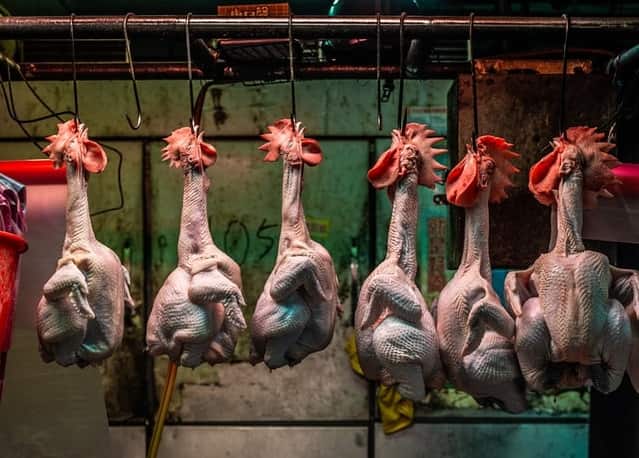
Banning meat and slaughterhouse would impact the economy but also will hurt the Islamic communities. But at the same, this nation also needs to protect the sentiments of Hindu communities cow slaughter is not something compulsory in the Islamic religion so if we as a nation want to grow need to learn a holistic picture.
Banning cow slaughter can be possible but there are many alternatives like Goats, chicken, etc. But this will take time before banning the major communities need to understand each other and start working as one.
Every problem has a solution for that problems need to address and accept by all sides this can ignore the Religious ego to become superior. Also banning all illegal slaughterhouses and making them hygienically clean according to standards. Protecting the cow and buffalo from stealing and trafficking, as these are the livelihood of a poor farmer.
How to Be Vegetarian: Learn How to Be Vegetarian and Improve your Lifestyle
Are you thinking about becoming a vegetarian? Are you ready to improve your health, feel great and look good looks while enjoying healthy and delicious meals?
